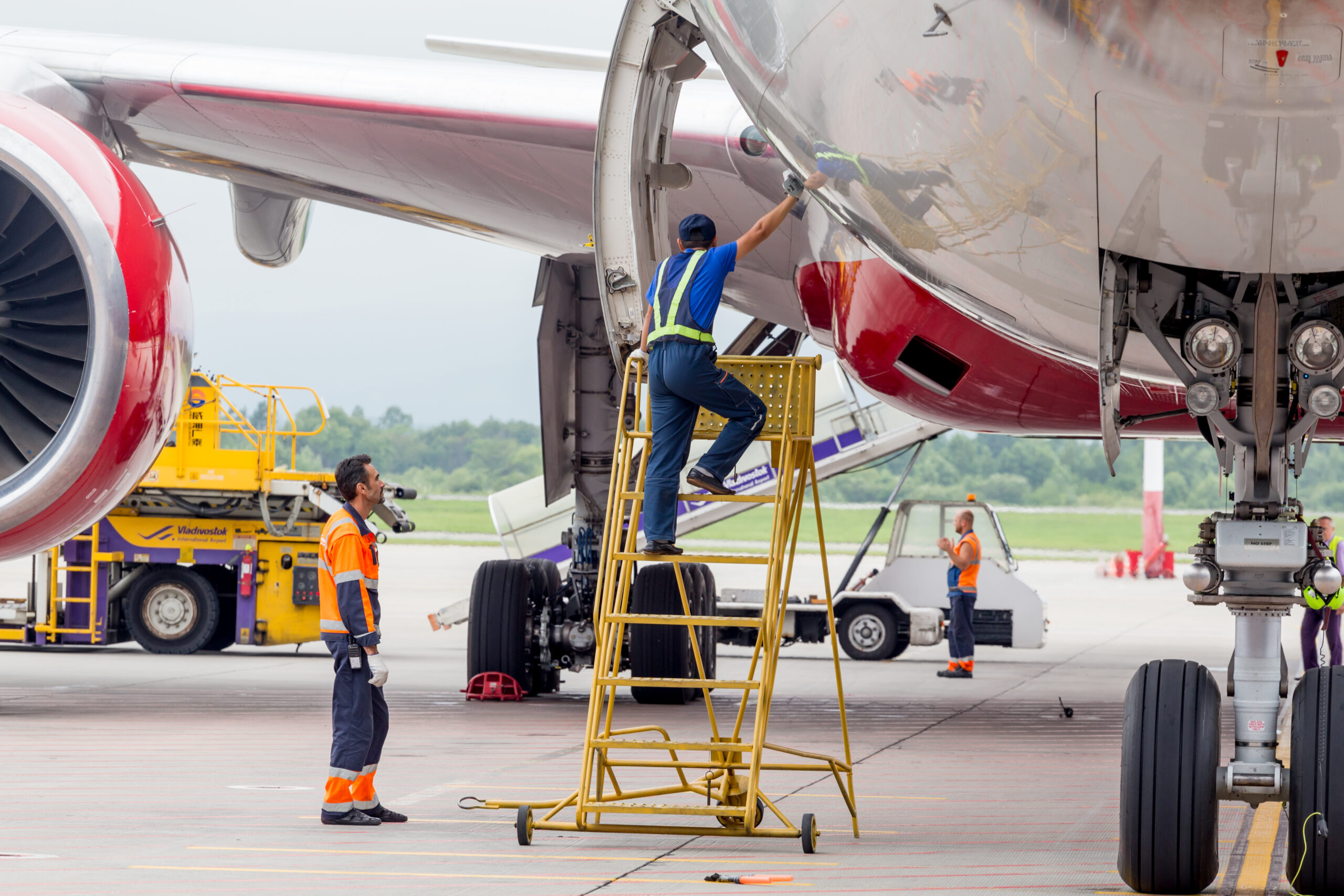
Every Minute Counts: Mastering Labor Tracking for Profit & Compliance
The MRO landscape is moving faster than ever, and so are the expectations. Clients demand tighter SLAs. Audit trails must be airtight, and profit margins are under constant pressure.
MRO operations managers are feeling the impact. Labor is the highest-cost line, yet too many rely upon disconnected systems or outdated logs. That means blind spots in labor spending, wasted hours, and missed compliance triggers. We understand the daily struggle of dealing with these manual labor tracking issues. However, there is a solution that can bring relief.
Today, we'll learn how MROs can resolve these issues with aviation-specific labor tracking software that:
- Captures every labor hour in real time;
- Validates compliance steps automatically and
- Provides MRO operations teams with complete visibility into labor costs and productivity.
Time is the most valuable unit in aviation MRO, especially when it comes to labor. With labor being one of the most significant operational costs in MRO, even small inefficiencies can have a significant impact on profitability and compliance.
Aviation labor management is no longer about just 'logging hours.' It's about tracking labor in real-time, validating tasks, and aligning hours with compliance and cost expectations. This shift in approach empowers you to take control of your operations.
Here’s Why EVERY MINUTE Matters:
- Every untracked minute is money left on the table. Without accurate labor logs, MROs risk revenue loss and invoicing disputes.
- Delays in real-time labor tracking compound fast, pushing MROs beyond agreed SLAs and risking penalties.
- Wasted minutes stack up quietly and drive up operational costs without anyone noticing until it's too late.
- Labor overruns kill margins; every extra minute is money you give away.
- Even one missed scan can trip up the compliance trail in aviation labor management.
- Labor compliance solutions only work if the timestamps are airtight; close enough doesn't cut it.
- Time is money, and every delayed repair minute hits the aircraft maintenance compliance and bottom line.
In conclusion, if you're not tracking every minute, you're losing revenue and risking compliance in the process.
Even in 2025, many MROs are still stuck with spreadsheets, paper logs, or disconnected time systems. Here, we'll examine how these legacy habits affect MRO businesses and cause costly problems.
Risk Area 1:
Technicians manually log hours post-shift, often from memory.
Impact:
Inaccurate labor entries lead to lost revenue, inflated cost centers, and untraceable records.
Risk Area 2:
Time tracking systems aren't linked to work orders.
Impact:
Labor hours can't be validated against tasks, making it impossible to justify invoices or meet customer service-level agreements (SLAs).
Risk Area 3:
Compliance documentation is handled separately.
Impact:
Missed compliance logs cause audit risks and regulatory penalties.
Risk Area 4:
No centralized view of technician activity.
Impact:
Managers have no real-time insight into delays or overruns until it's too late.
Risk Area 5:
Labor cost analysis is performed manually every month.
Impact:
When you spot a cost issue, you lose money and can't fix the problem retroactively.
Disconnected labor tracking systems kill efficiency and reduce margins. MROs require real-time visibility to minimize the cost per job and maintain audit readiness.
Power Aero Suites (PAS) ERP gives you the tools you need to eliminate manual labor tracking issues with real-time labor tracking linked directly to each job task. This makes it easy to handle complex repair work orders in a way that's unique to PAS's aviation ERP software. Technicians scan into jobs using barcodes or mobile check-ins, and every labor hour is tracked and auto-validated by the system.
The integrated dashboards of PAS ERP:
- Flag anomalies, track SLA progress, allow for better aviation labor management, and send automated alerts.
- Calculate labor cost-to-revenue ratios in real-time.
- Labor compliance solutions are integrated, automatically tracking CMM references, teardown logs, and certification tags.
- Include templates that automate complex functions, providing consistency, speed, and accuracy.
- Tool calibration and CMM integration save time, improve compliance, and enhance productivity.
- Supply chain management capabilities help streamline operations beyond the hangar.
No more paper logs. No more guesswork. With PAS workforce automation, MROs transition from reactive management to proactive control, thereby reducing costs, preventing audit failures, and enhancing technician productivity across every shift.
PAS ERP systems give you the tools you need to eliminate manual labor tracking issues with real-time labor tracking linked directly to each job task. This makes it easy to handle complex repair work orders in a way that's unique to PAS's aviation ERP software. Technicians scan into jobs using barcodes or mobile check-ins, and every labor hour is tracked and auto-validated by the system.
The integrated dashboards of PAS ERP:
- Flag anomalies, track SLA progress, allow for better aviation labor management, and send automated alerts.
Calculate labor cost-to-revenue ratios in real-time. - Labor compliance solutions are built in, automatically tracking CMM references, teardown logs, and certification tags.
- Include templates that automate complex functions, providing consistency, speed, and accuracy.
- Tool calibration and CMM integration save time, improve compliance, and enhance productivity.
Supply chain management capabilities help streamline operations beyond the hangar.
No more paper logs. No more guesswork. With PAS workforce automation capabilities, MROs transition from reactive management to proactive control, thereby reducing costs, preventing audit failures, and enhancing technician productivity across every shift.
